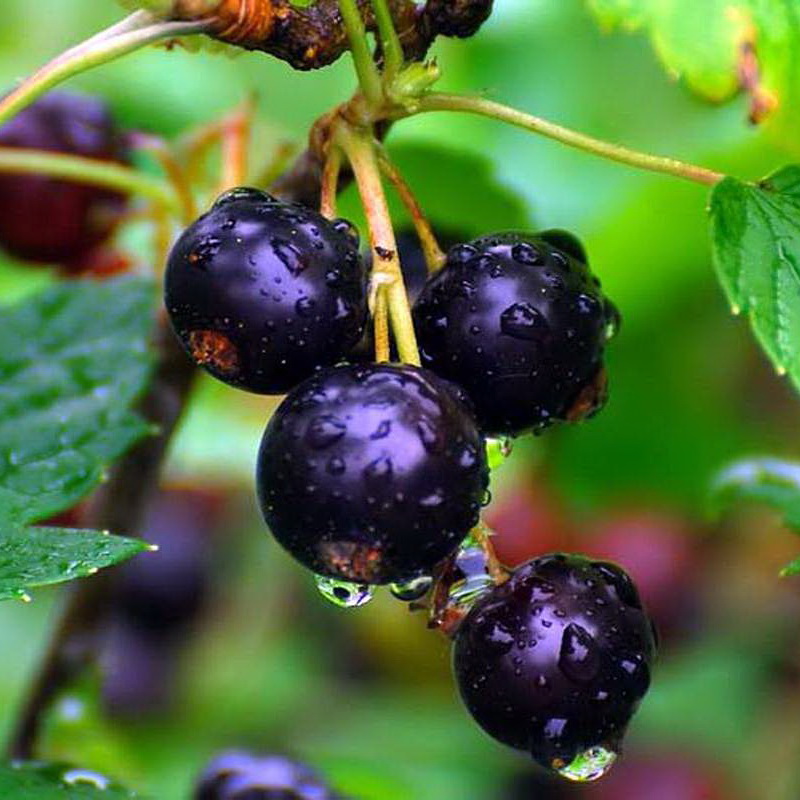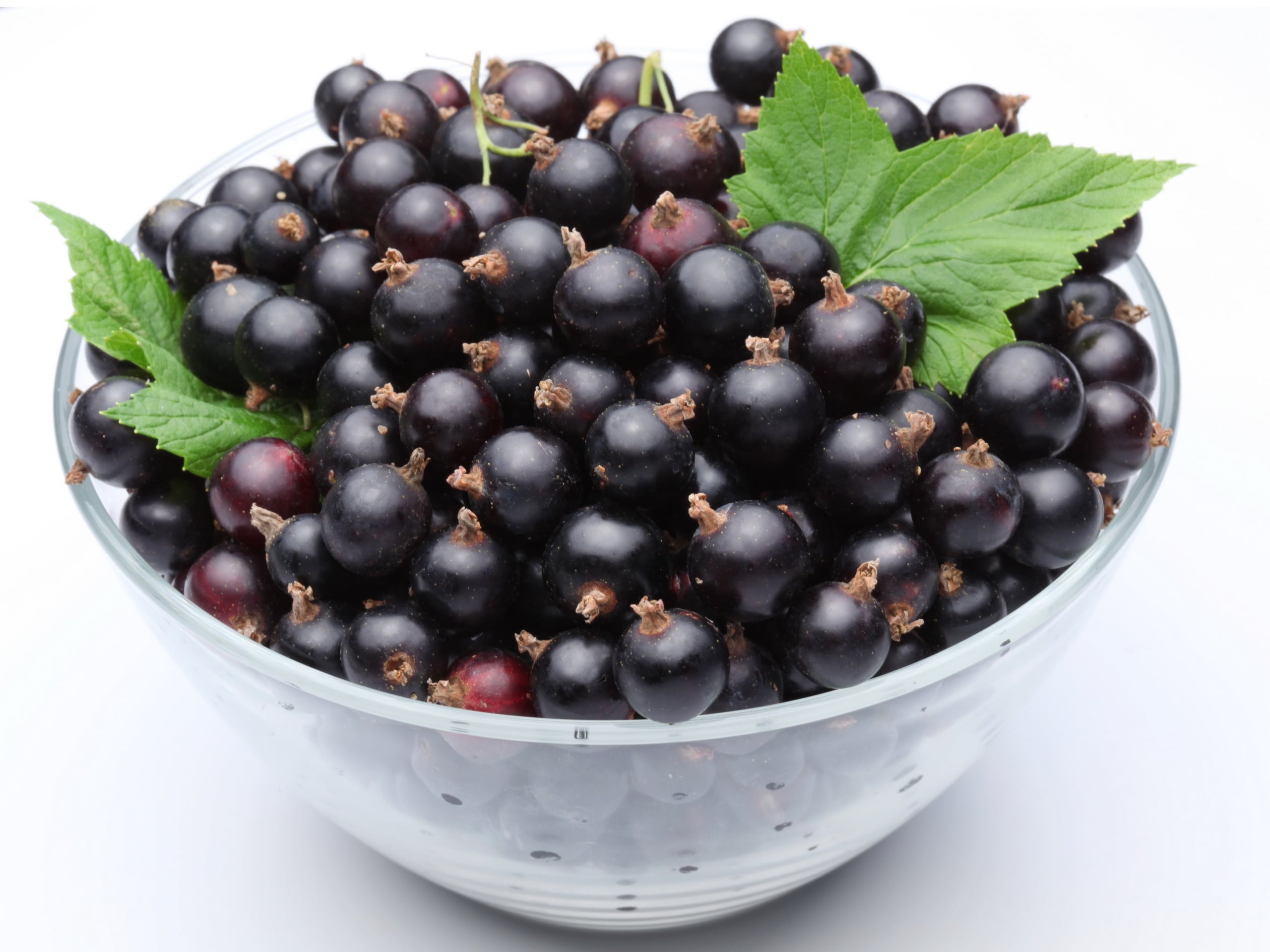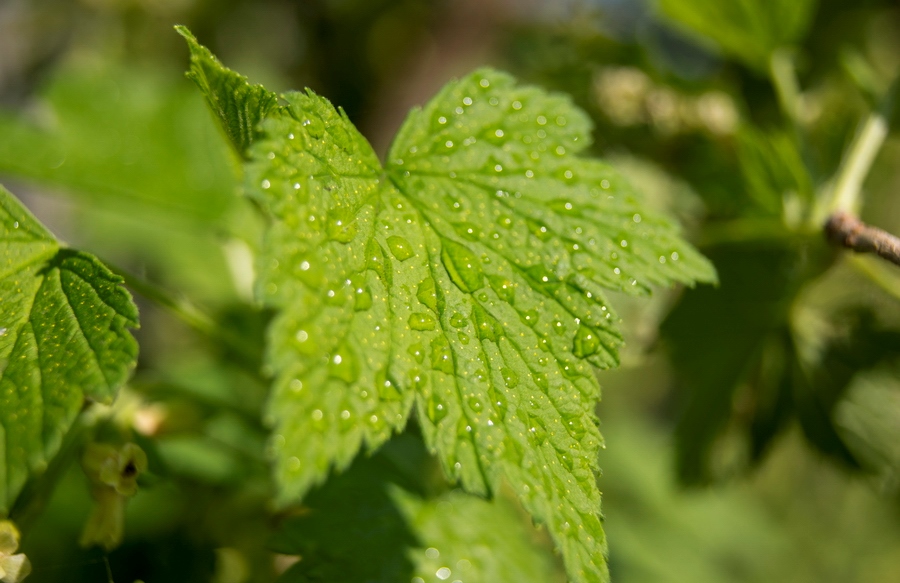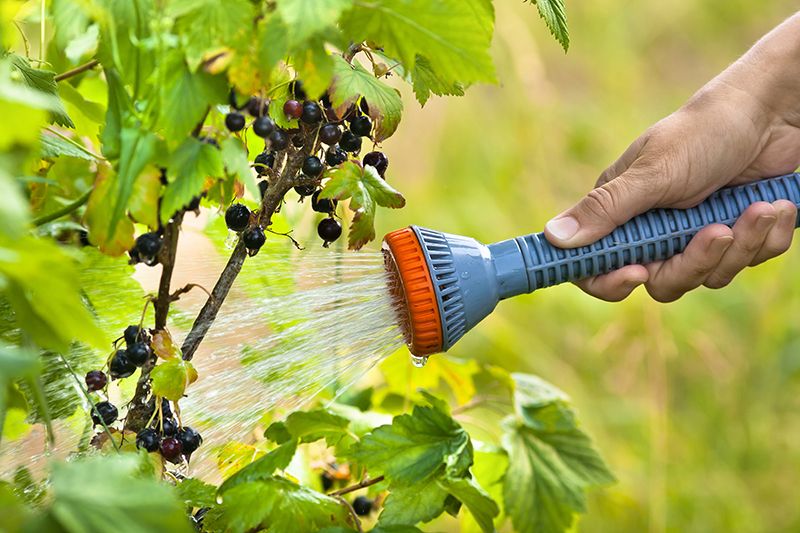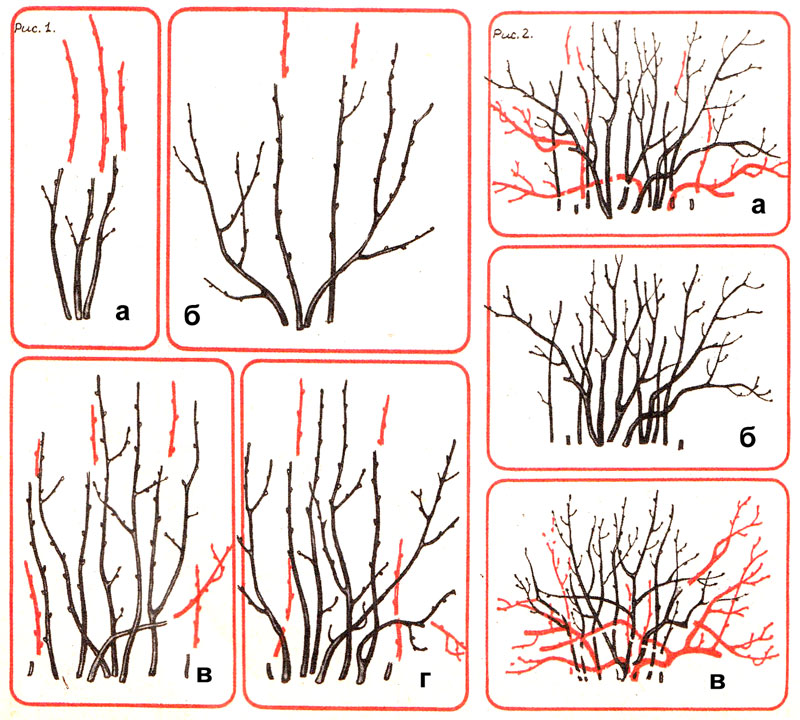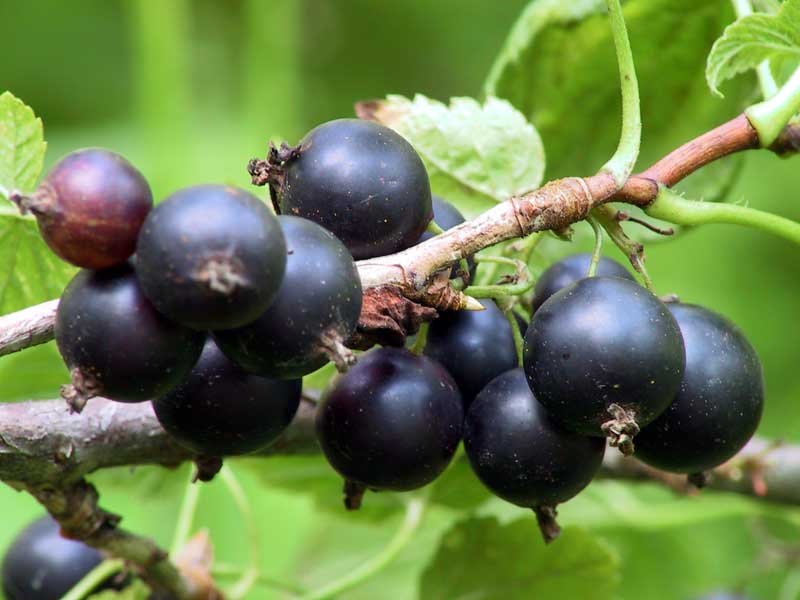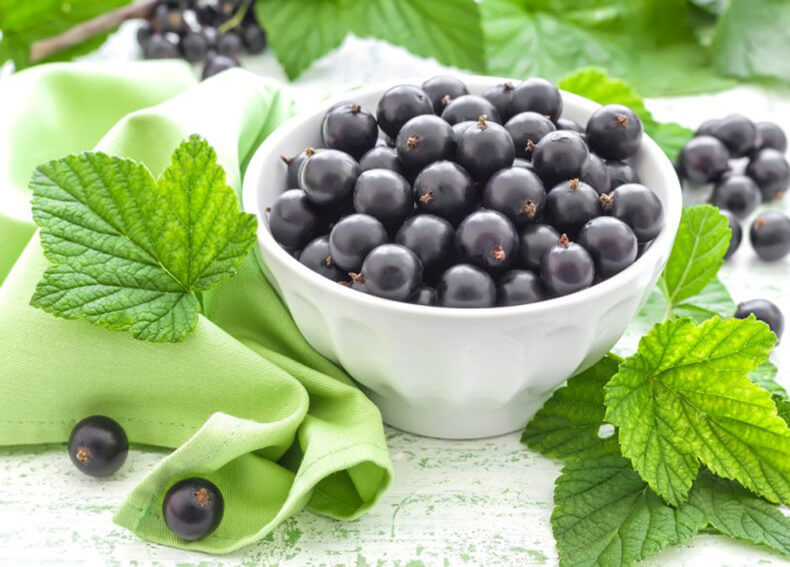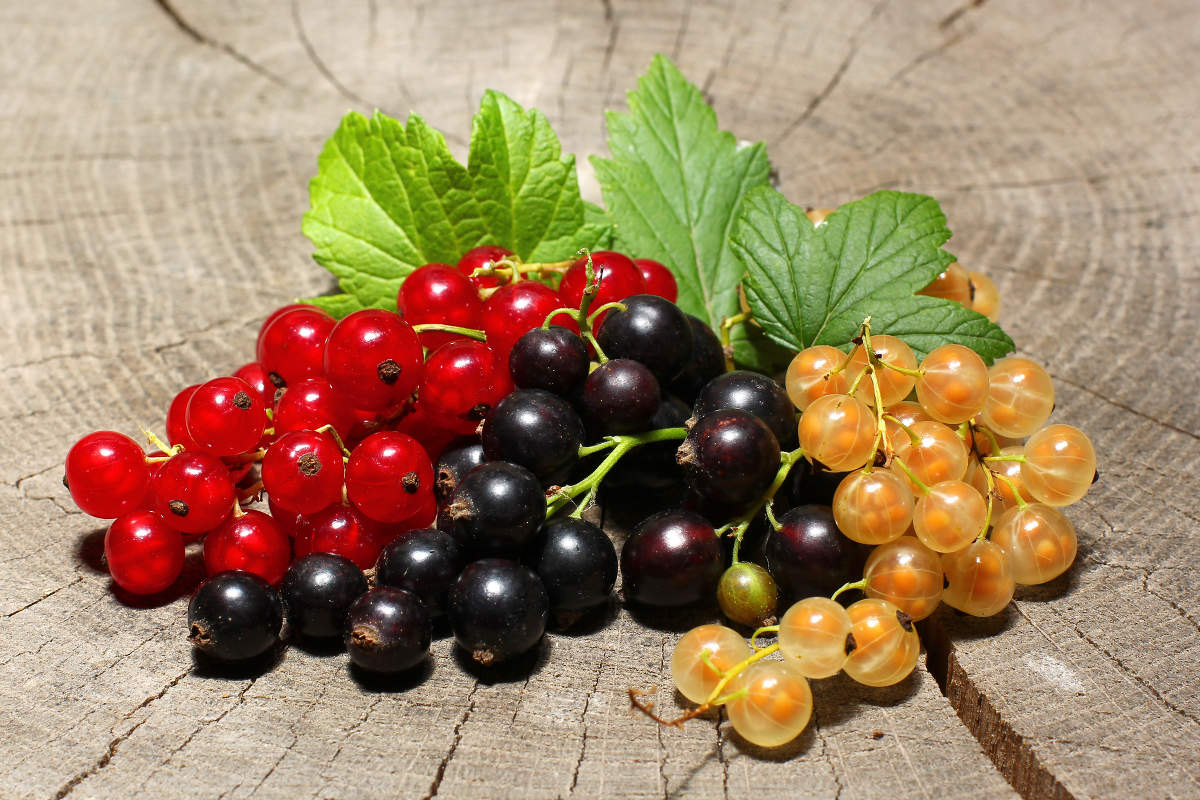Content:
Probably, you cannot find a garden plot on which at least one black currant bush grows. This berry is very healthy, has a pleasant taste and amazing aroma. This is not all, for which numerous gardeners highly value such a fruit and berry crop as currants. Among the varieties most demanded among summer residents and farmers are Hercules currants (another name is Hercules currants).
general information
Black currant Hercules is a fairly young variety developed by the breeders of the Siberian Research Institute at the end of the 20th century. It is a large-fruited, high-yielding and late variety, the fruits of which are rich in beneficial nutrients.
The plant is suitable for growing in almost all regions of the country, except for the most northern ones. In the conditions of the far north, currants often simply do not have time to ripen in a short period of heat, therefore they are planted infrequently.
The variety belongs to dessert, but the Hercules berry is no less good when fresh.
The Hercules variety is the most unpretentious variety of currants. In this regard, it is excellent for planting even the most inexperienced gardeners and gardeners. The variety demonstrates itself as an industrial planting just as well. The berries are easily picked by automated machines.
Description of the variety
Black currant Hercules has high erect bushes of medium thickness. Young branches are green with a pink tint, and old ones are woody and light brown. They are characterized by the presence of a waxy coating. The size of the currant buds is average, the shape is round-ovoid, they are located one by one.
The foliage is dense, glossy, bright green. The flowers of the plant are medium in size and have a pale pink hue. The fruits ripen on long clusters, about 8-12 berries each. The fruits are not too large, the weight of each berry varies from 1.5 to 3.5 grams. The shape of the berries is round, the peel is elastic, the glossy shine is almost completely absent.
The fruit is quite dense, has a strong peel, so it tolerates transportation very well, even over long distances.
The currant bush is self-fertile, in principle, it does not need pollinators. But if you place other varieties of a similar crop nearby, this will positively affect the yield of Hercules and its taste characteristics.
The yield of black currant Hercules is about 3.5-4 kg from each bush. If we talk about industrial volumes, then we are talking about 11 tons of fruits per hectare of plantings.
The plant is winter-hardy and can survive severe Siberian frosts without shelter. Another significant characteristic of the variety is its high resistance to most fungal infections. Black currant is very unpretentious to the soil - it can be grown on almost any fertile soil.
Agricultural technology and care
Black currant as such has its own specifics in terms of growing and care. Despite the fact that the Hercules currant, according to the description of the variety, is a plant of moderate whimsy, in order to get a decent harvest, you will need to work hard.
Landing
Planting a currant culture is possible both in spring and autumn. Most Russians prefer to do this type of work before the beginning of winter, after the harvest. As a rule, we are talking about late September and early October.
Despite the fact that the culture is not too picky about the soil, acidic soil should still be avoided. It is not difficult to reduce the acidity of the soil - you just need to treat the planting site with milk of lime.
The optimal distance between the currant bushes Hercules should be from one and a half to two meters. If the crop is planted in several rows, the indicated distance should be further increased.
It is allowed to plant the variety in pits or trenches with a depth of at least 30 cm. It is recommended to prepare the planting holes in advance: at least two months in advance. This time should be enough for the earth to settle and compact.
Fertilizers, mostly organic, are placed at the bottom of the planting pits. It is allowed to mix organic matter (manure, humus or humus) with phosphorus-potassium additives. Top dressing is lightly sprinkled with earth and the shrubs themselves are planted on top.
Watering
Another significant moment in caring for Hercules black currants is watering. It is especially important not to forget to carry out this procedure before the beginning of the flowering of the culture and during the ripening of the fruits. Watering should be carried out in such a way that moisture does not get on the stems and foliage. If they remain damp often, there is a high risk of developing powdery mildew. On average, watering the currants once a week is enough.
Pruning
A well-done pruning of the shrub is a kind of guarantee that the plant will grow well throughout the season, and upon completion it will give an excellent harvest. The event is held twice a year: in spring, when the buds have not yet begun to swell on the plant, and in autumn, before frosts.
Pruning is done in compliance with the following simple rules:
- cut the shoots either to the root or to the largest branch;
- shoots lying on the ground must be pruned without fail, since they can become a source of plant infection;
- it is necessary to cut off all old, diseased and dry shoots;
- from the young growth, exceptionally large and healthy shoots should be left.
As a result, by the fifth year of its life, the shrub should have 3 old shoots, 3 two-year-olds and as many young ones. In total, after pruning, you should not leave more than 15 shoots on the plant.
Loosening
Black currant Hercules requires soil that allows air to pass through well, therefore the loosening process is vital. Too compacted soil at the planting site significantly slows down the development and growth of the plant, which, in turn, negatively affects the quality characteristics of the crop. Loosening of the soil should be done at the surface. If you go too deep, there is a high risk of damage to the root system. It is close to the soil surface. Loosening the ground should be done after watering.
Top dressing
As for the autumn feeding, in this case, under each bush, you should put about 5 kg of compost, as well as a small amount of potassium sulfate and superphosphate.Most often, gardeners use ready-made mixtures of organic fertilizers for feeding.
In some cases, currant fertilization may be required in the summer. For example, in the event that the plant does not actively grow, blooms or sets fruit. A solution of cow manure diluted in water in a ratio of 1:10 will help to solve the problem. One ten-liter bucket will be sufficient per square meter of planting.
Advantages and disadvantages of the variety
Most of the reviews from gardeners to the Hercules black currant are positive. Most notably, opinions on the variety of the berry do not differ much in different climates. The plant has remarkably managed to establish itself both in severe weather conditions and in the southern regions. The variety is highly valued for the content of ascorbic acid (vitamin C) and fruit acids in berries in higher quantities than in many other varieties. Other benefits include the following:
- stable from year to year and high yield;
- excellent taste characteristics;
- serious size of berries (on the territory of Russia Hercules is the largest-fruited variety);
- the possibility of transportation over long distances;
- long shelf life;
- a good indicator of frost resistance;
- unpretentiousness;
- resistance to almost all fungal diseases;
- self-fertility.
Summarizing what was said earlier, we can conclude that Hercules black currant is optimal for growing in garden plots and on an industrial scale in most regions of our country. It is enough for the plant to provide basic care: watering, pruning and fertilizing to ensure a decent harvest.
